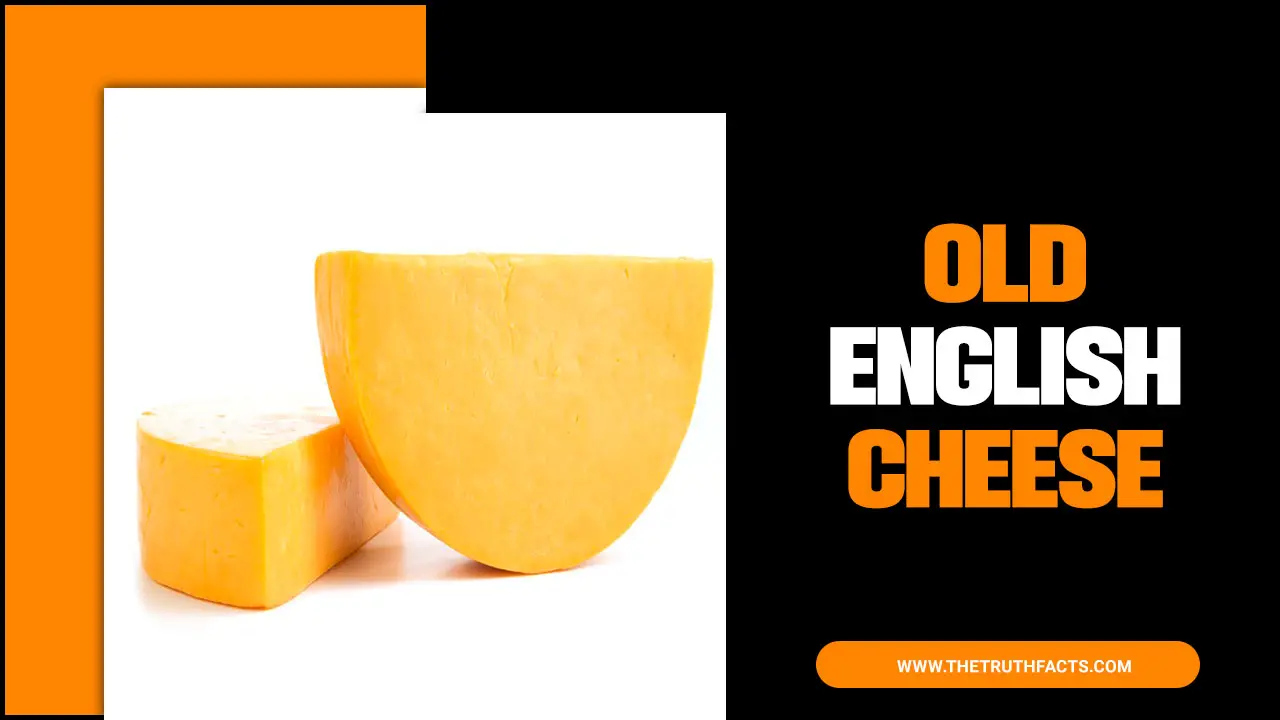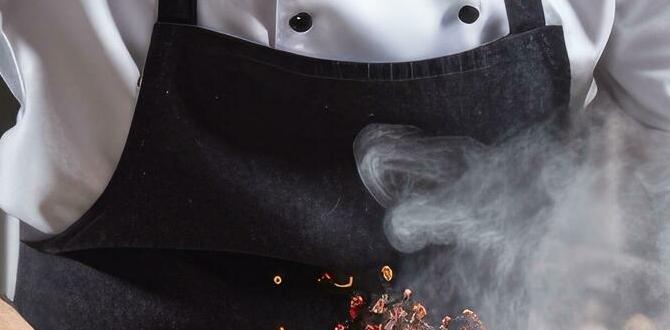Korean Jjimjilbang and Food Crawl: Your Ultimate Beginner’s Guide to Relaxation and Delicious Eats! Dive into this essential guide for navigating the ultimate Korean spa experience paired with an unforgettable food adventure. Discover tips on etiquette, must-try foods, and how to make the most of your visit for pure bliss and savory satisfaction!
Ever dream of a day that melts away stress and delights your taste buds all at once? Imagine soaking in steamy saunas and then feasting on mouthwatering Korean dishes. A Korean Jjimjilbang and food crawl is exactly that – a perfect blend of ultimate relaxation and culinary exploration. It might seem a bit overwhelming at first, especially if you’re new to Korean culture or spa experiences. But don’t worry! This guide is designed to make your adventure easy and incredibly enjoyable. We’ll walk you through everything you need to know, from what to expect at a Jjimjilbang to the tastiest treats to find on your food journey. Get ready for a truly unique and satisfying experience!

Unlocking the Wonders: What Exactly is a Jjimjilbang?
A Jjimjilbang is much more than just a public bathhouse. It’s a traditional Korean spa complex that offers a holistic experience combining bathing, saunas, relaxation areas, and often entertainment and food. Think of it as a community hub where people of all ages gather to unwind, socialize, and rejuvenate. It’s a deeply ingrained part of Korean culture, providing a space for people to escape the daily grind.
At the heart of the Jjimjilbang are the hot tubs and showers, where you’ll follow a cleansing ritual. But the real stars are often the themed saunas. These aren’t your typical steam rooms; they’re designed with different minerals and temperatures, each promising unique health benefits. You might find a salt room, a jade room, an infrared sauna, or even an ice room!
The Jjimjilbang Experience: A Step-by-Step Guide
Visiting a Jjimjilbang for the first time can feel a little daunting with its unique customs. But once you understand the flow, it’s a wonderfully relaxing experience. Here’s a simple breakdown to get you started:
- Arrival and Check-in: Upon arrival, you’ll typically pay an entrance fee. You’ll be given a key that usually serves as your locker key and your payment method within the facility (for food, drinks, or massages).
- Changing and Unpacking: Head to the gender-segregated changing rooms. Undress completely and place your belongings in your assigned locker.
- The Cleansing Ritual: This is crucial! Before entering any communal baths or saunas, you must wash your entire body thoroughly. You’ll find rows of shower stalls with stools and washing basins. Use the provided soap and scrub yourself clean.
- Communal Baths: After washing, you can enter the communal hot tubs. These vary in temperature. Start with cooler ones if you’re sensitive to heat. Remember, you’ll be naked in these areas.
- Exploring the Saunas: Now for the fun part! Put on the provided Jjimjilbang outfit (usually a t-shirt and shorts) and explore the various themed saunas. These are communal.
- Relaxation Zones: Between sauna sessions, head to the common areas. Here, you can relax on heated floors, watch TV, nap in sleeping pods, or even get a massage.
- Food Time! This is where the “food crawl” aspect comes in. Jjimjilbangs often have on-site restaurants or snack bars serving delicious Korean staples.
- Re-entry and Departure: You can cycle back through the baths and saunas as much as you like. When you’re ready to leave, change back into your clothes, return your key, and settle any outstanding charges.
Must-Try Foods at the Jjimjilbang
Part of the joy of a Jjimjilbang visit is indulging in the comfort foods they offer. These are often simple, hearty, and perfectly complement a day of relaxation. Don’t miss these classics:
- Sikhye (식혜): This is a sweet, traditional Korean rice drink. It’s made from malted barley powder and rice, giving it a unique, slightly fermented flavor and often containing grains of rice. It’s incredibly refreshing after a hot sauna.
- Baekseolgi (백설기) or Gyeranppang (계란빵): While not always available, look for simple Korean snacks. Baekseolgi is a soft, sweet Korean rice cake, often steamed. Gyeranppang is a sweet, savory muffin-like bread with a whole egg baked inside – a popular street food that’s a treat in the Jjimjilbang.
- Microwave-cooked Eggs: Yes, it sounds simple, but in a Jjimjilbang, they often serve hard-boiled eggs that you can enjoy as is, or lightly roast them on the hot sauna stones (be careful!) for a smoky flavor. They are often served with a salt and pepper mix.
- Ramyeon (라면): Korean instant noodles are a staple everywhere, and Jjimjilbangs are no exception. It’s a warm, satisfying bowl that’s perfect for a quick meal.
- Bibimbap (비빔밥): For a more substantial meal, bibimbap is a fantastic choice. This is a mixed rice dish served with seasoned vegetables, gochujang (chili pepper paste), and often a fried egg and meat. It’s nutritious and flavorful.
The food at a Jjimjilbang is generally casual and designed for convenience and enjoyment. It’s the perfect way to refuel after a long session of soaking and sweating!
Planning Your Korean Food Crawl Adventure
A food crawl is a fantastic way to explore the diverse culinary landscape of Korean cuisine. It involves visiting several restaurants or food stalls in a specific area to sample a variety of dishes. When combined with a Jjimjilbang visit, it creates an unforgettable day of sensory pleasure.
Choosing Your Neighborhood
Many areas in Korean cities offer a dense concentration of eateries, making them ideal for a food crawl. Popular choices include:
- Myeongdong (Seoul): Famous for its street food and trendy cafes.
- Hongdae (Seoul): Known for its youthful energy, street performances, and diverse food options catering to students.
- Insadong (Seoul): Offers a more traditional vibe with plenty of tea houses and restaurants serving classic Korean cuisine.
- Haeundae (Busan): If you’re visiting the coastal city, this area has great seafood and casual dining spots.
Mapping Out Your Stops
The key to a successful food crawl is planning. Decide on the types of dishes you want to try and the order in which you’ll visit the eateries. It’s often a good idea to start with lighter fare and work your way up to more substantial dishes.
For example, a Jjimjilbang and food crawl might look like this:
- Morning/Afternoon: Start your day at a Jjimjilbang for a relaxing session of saunas and baths.
- Late Afternoon Snack: After your Jjimjilbang visit, emerge refreshed and ready to eat. Begin your food crawl with a lighter street food item, like a Tteokbokki (떡볶이) – spicy rice cakes, or Eomuk (어묵) – fish cakes on skewers.
- Early Evening Main Course: Head to a restaurant known for a popular Korean dish. Consider Samgyeopsal (삼겹살) – grilled pork belly, or Bibimbap if you had something lighter at the Jjimjilbang.
- Mid-Evening Exploration: Wander through the streets, perhaps stopping for a unique dessert or a quick bite like Hotteok (호떡) – a sweet pancake filled with brown sugar, cinnamon, and nuts.
- Late Evening Drink and Final Bite: End your crawl with traditional Korean drinks like Soju (소주) or Makgeolli (막걸리) (rice wine), paired with a final savory dish like Jeon (전) – Korean pancakes or Dak Galbi (닭갈비) – spicy stir-fried chicken.
Essential Etiquette for Jjimjilbangs and Food Crawls
Understanding local customs will enhance your experience and show respect. Here are some key etiquette points:
Jjimjilbang Etiquette:
- Cleanliness is Paramount: Always wash thoroughly before entering communal baths and saunas.
- Nudity is the Norm: Be comfortable with public nudity in the bathing and sauna areas.
- Towel Usage: Use the small towels provided to sit on in saunas and to cover yourself modestly when walking in communal areas if you feel uncomfortable.
- No Food or Drink in Baths: Keep food and drinks out of the bathing and sauna areas.
- Keep it Quiet: While Jjimjilbangs are social, maintain a respectful noise level, especially in relaxation zones.
- Shampoo and Soap at Your Station: Don’t let shampoo bottles or soap bars float in the tubs.
Food Crawl Etiquette:
- Portion Control: Order smaller portions or share dishes to sample more variety.
- Be Adventurous but Respectful: Try new things but don’t be rude if something isn’t to your liking.
- Observe Local Habits: Watch how locals eat certain dishes. For example, using the provided lettuce wraps for grilled meats.
- Tipping: Tipping is not customary in Korea.
What to Pack for Your Jjimjilbang & Food Crawl Day
To have a smooth and enjoyable experience, it’s wise to pack a few essentials. Most Jjimjilbangs provide towels, shampoo, and soap, but bringing your own can be a personal preference. Here’s a handy checklist:
For the Jjimjilbang:
- Comfortable Clothing: For the common areas.
- Swimsuit (Optional): Some modern Jjimjilbangs may have pools where swimsuits are required, but traditional bathing areas are usually clothing-free. Check beforehand!
- Toiletries: Your favorite shampoo, conditioner, body wash, toothbrush, and toothpaste.
- Moisturizer: The heat and steam can be drying.
- Hair Dryer: Most Jjimjilbangs have them, but if you have specific needs, bring your own.
- A Good Book or Magazine: For relaxing in common areas.
- Snacks: If you have dietary restrictions or prefer your own treats.
- Water Bottle: To stay hydrated.
- Flip-flops: For walking around common areas, though most places provide them.
For the Food Crawl:
- Comfortable Walking Shoes: You’ll be doing a lot of exploring!
- Lightweight Clothing: Especially if visiting during warmer months.
- An Appetite! The most important item.
- Small Bag or Backpack: To carry your essentials.
- Portable Charger: For your phone, as you’ll likely be navigating and taking photos.
Benefits of the Jjimjilbang Experience
Beyond just a place to relax, visiting a Jjimjilbang offers a range of physical and mental health benefits. These traditional Korean spas are designed to promote well-being.
The saunas, in particular, are thought to have several positive effects:
- Detoxification: Through sweating, your body can eliminate toxins and impurities.
- Improved Circulation: The heat from the saunas helps to dilate blood vessels, improving blood flow throughout the body. This can also help reduce muscle tension and pain.
- Skin Health: Increased blood flow and sweating can help cleanse pores, leading to clearer and more radiant skin.
- Stress Relief: The warm water and soothing heat create a deeply relaxing environment, which can significantly reduce stress and anxiety.
- Better Sleep: The physical exertion from enjoying the facilities and the subsequent relaxation can lead to a more restful night’s sleep.
- Pain Management: The heat can help ease aches and pains, making it beneficial for people with conditions like arthritis.
Many Jjimjilbangs also incorporate unique elements like salt rooms, jade rooms, and loess rooms, each believed to offer specific therapeutic benefits. You can learn more about the science behind heat therapy and its benefits from reputable sources like the National Center for Complementary and Integrative Health (NCCIH).
Beyond the Jjimjilbang: Exploring Korean Cuisine Further
Your Jjimjilbang and food crawl is just the beginning of your culinary journey into Korean food. Here are some additional tips for expanding your exploration:
- Markets: Visit traditional markets like Gwangjang Market in Seoul for an authentic street food experience. You can find everything from fresh produce to delicious prepared dishes.
- Cooking Classes: Immerse yourself deeper by taking a Korean cooking class. You’ll learn how to prepare classic dishes with expert guidance.
- Regional Specialties: Korea has diverse regional cuisines. If you travel, seek out local specialties. For instance, Busan is known for its fresh seafood, and Jeonju for its bibimbap legacy.
- Korean Restaurants at Home: Look for authentic Korean restaurants in your own city. Start with well-reviewed establishments and try a variety of dishes. Don’t be afraid to ask staff for recommendations.
- Home Cooking: Many Korean dishes are surprisingly easy to make at home! Start with simple recipes like Kimchi Fried Rice or Japchae. Websites like Maangchi offer fantastic, beginner-friendly Korean recipes.
Understanding Common Korean Ingredients
Familiarizing yourself with key Korean ingredients will enhance your appreciation for the cuisine:
| Ingredient | Description | Common Uses |
|---|---|---|
| Gochujang (고추장) | Fermented red chili paste. It’s spicy, slightly sweet, and umami-rich. | Bibimbap, Tteokbokki, marinades, stews. |
| Gochugaru (고춧가루) | Korean chili flakes. Used for heat and color. Comes in coarse and fine grinds. | Kimchi, stews, marinades, spice rubs. |
| Doenjang (된장) | Fermented soybean paste. Pungent and savory, similar to Japanese miso but typically thicker and more robust. | Doenjang jjigae (soybean paste stew), marinades, dipping sauces. |
| Ganjang (간장) | Korean soy sauce. There are different types, including soup soy sauce (guk-ganjang) and regular soy sauce (jin-ganjang). | Seasoning, marinades, dipping sauces. |
| Sesame Oil (참기름) | Toasted sesame oil adds a distinct nutty aroma and flavor. Essential in Korean cooking. | Finishing dishes, marinades, dressings. |
| Garlic (마늘) | Minced garlic is a foundational aromatic in almost every Korean dish. | Virtually all savory dishes for flavor base. |
| Ginger (생강) | Adds a warming, pungent spice. | Marinades, stews, broths, stir-fries. |
Frequently Asked Questions (FAQ)
Q1: Is it awkward to be naked in a Jjimjilbang?
A1: While it can feel a bit unusual at first, most visitors quickly get comfortable. Remember, everyone there is in the same situation. It’s a cultural norm, and people are generally focused on their own relaxation rather than on others.
Q2: What if I don’t speak Korean?
A2: Many Jjimjilbangs and popular food spots cater to tourists. Signs are often in English, and staff may speak some English. Using simple gestures and your translation app can help. Ordering food is often done by pointing at menus or pictures.
Q3: Can I bring my own food and drinks into a Jjimjilbang?
A3: Generally, Jjimjil






